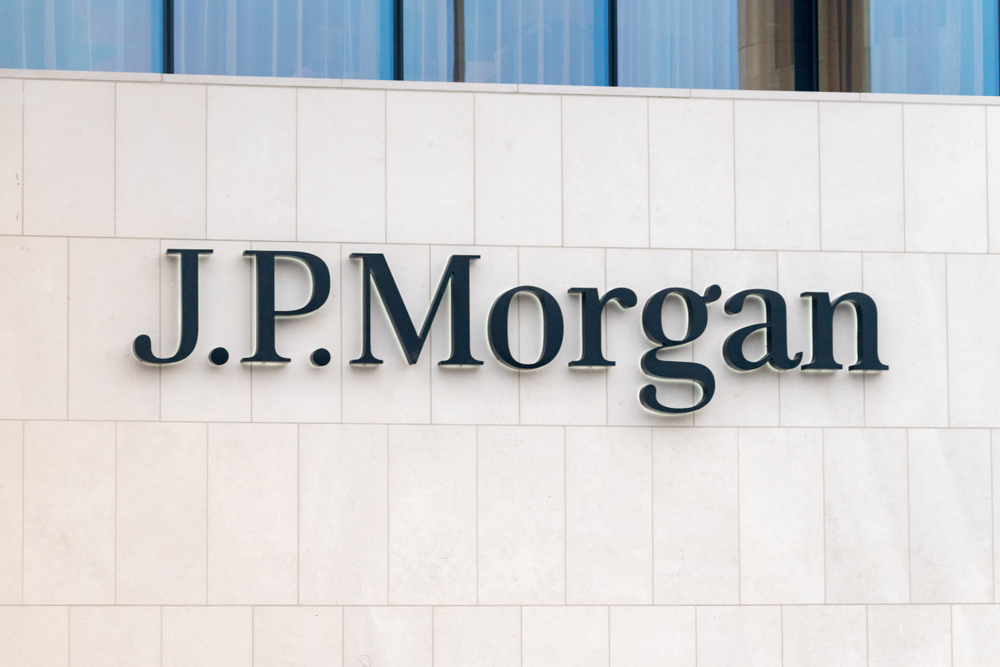The IEA's latest estimate mentions black gold demand growth of 1.1 million barrels per day (bpd) this year, 140,000 less than April forecast. The main reason for the weaker growth is thought to be the sluggish economy in OECD countries in the first quarter of 2024, especially in Europe. In addition, a declining trend in the use of diesel cars has also been noted in the Old Continent as well as in the US, indicating a continued shift away from fossil fuels in these regions. A slightly higher increase of 1.2 million barrels per day is expected for 2025. In contrast, estimates from the Organization of the Petroleum Exporting Countries (OPEC) have markedly different forecasts, which project growth of 2.25 million bpd this year. [1] The IEA anticipates that these diverging outlooks will also be discussed at the upcoming OPEC+ meeting at the beginning of June.
On the supply side, the IEA report goes on to say that oil output is expected to reach record levels this year, up to 102.7 million bpd. The supply increase will be mainly attributed to non-OPEC+ producers, since the cartel has already voluntarily cut its output earlier this year and, assuming these cuts continue, its output is expected to fall by 840,000 bpd. [2]
UBS Bank expects that at the OPEC+ meeting in June, a decision will be made to extend production restrictions in order to maintain market balance. The organization has been limiting its supplies since 2022, with 2.2 million bpd expected to be cut during the first half of this year. UBS predicts that OPEC+ will extend its cuts by at least three months due to a lower decline in oil inventories and higher interest rates in the US. UBS further anticipates that the group will review the production capacity assessments of all member states, which will be important for discussions on the extension of the Cooperation Agreement. The bank maintains a slightly positive outlook for oil prices in the coming months. [3]
The latest weekly data from the Energy Information Administration (EIA) on US crude oil inventories revealed a significant 2.5 million barrels drop over the week ending 10 May, while the estimate was at 400,000 barrels. This is the second consecutive week of declines in inventories, when the drop was larger than expected, supporting the outlook for improving demand in the US, one of the world's largest oil consumers. Following the release of the information on Wednesday, June US WTI crude oil futures prices rose slightly, hovering at more than 2-month lows all week. The July contract of the European benchmark Brent Oil followed a similar trajectory. *

Source: Investing.com*
Despite the generally positive outlook for global black gold demand growth, mixed data continues to emerge from China, the world's largest oil consumer. April saw a reduced refinery activity, as the volume of processed oil fell by 4% year-on-year, mainly due to planned shutdowns for maintenance, which should continue throughout the year. Additionally, according to Bloomberg, China's domestic demand fell 3% year-on-year in April, the first such decline since December 2022. Conversely, the country's industrial activity rose 6.7% in April from a previous year, higher than 5.5% forecast. However, the recently imposed tariffs by the Biden administration on Chinese imports to the US cast another wave of uncertainty over the manufacturing powerhouse's economic growth and could cause further volatility in the oil market.
Despite China's uncertainty, forecasts generally point to an increase in oil demand in the coming months, especially from OECD countries. The decision of the OPEC+ members on the next possible production cut, which is expected in June, might still influence oil prices. In addition to the mentioned factors, the stability of supply chains is also crucial, which is still at risk due to the ongoing conflicts.
Sources:
https://www.iea.org/reports/oil-market-report-may-2024
https://www.investing.com/news/commodities-news/opec-likely-to-role-over-output-cuts--ubs-3444344
https://www.investing.com/news/commodities-news/article--3440974
https://www.bnnbloomberg.ca/china-processed-less-crude-oil-with-apparent-demand-fall-most-1.2074292
https://in.investing.com/economic-calendar/chinese-industrial-production-462
[1,2,3] Forward-looking statements represent assumptions and current expectations that may not be accurate or are based on the current economic environment, which may change. These statements are not guarantees of future performance. Forward-looking statements inherently involve risk and uncertainty because they relate to future events and circumstances that cannot be predicted and actual developments and results may differ materially from those expressed or implied in any forward-looking statements.
* Data relating to the past are not a guarantee of future returns.
Warning! This marketing material is not and must not be construed as investment advice. Data relating to the past is not a guarantee of future returns. Investing in a foreign currency can affect returns due to fluctuations. All securities transactions can lead to both profits and losses. Forward-looking statements represent assumptions and current expectations that may not be accurate or are based on the current economic environment, which may change. These statements are not guarantees of future performance. InvestingFox is a trademark of CAPITAL MARKETS, o.c.p., a.s. regulated by the National Bank of Slovakia.
 Polish
Polish
 English
English
 Slovak
Slovak
 Czech
Czech
 Hungarian
Hungarian
 Italiano
Italiano





